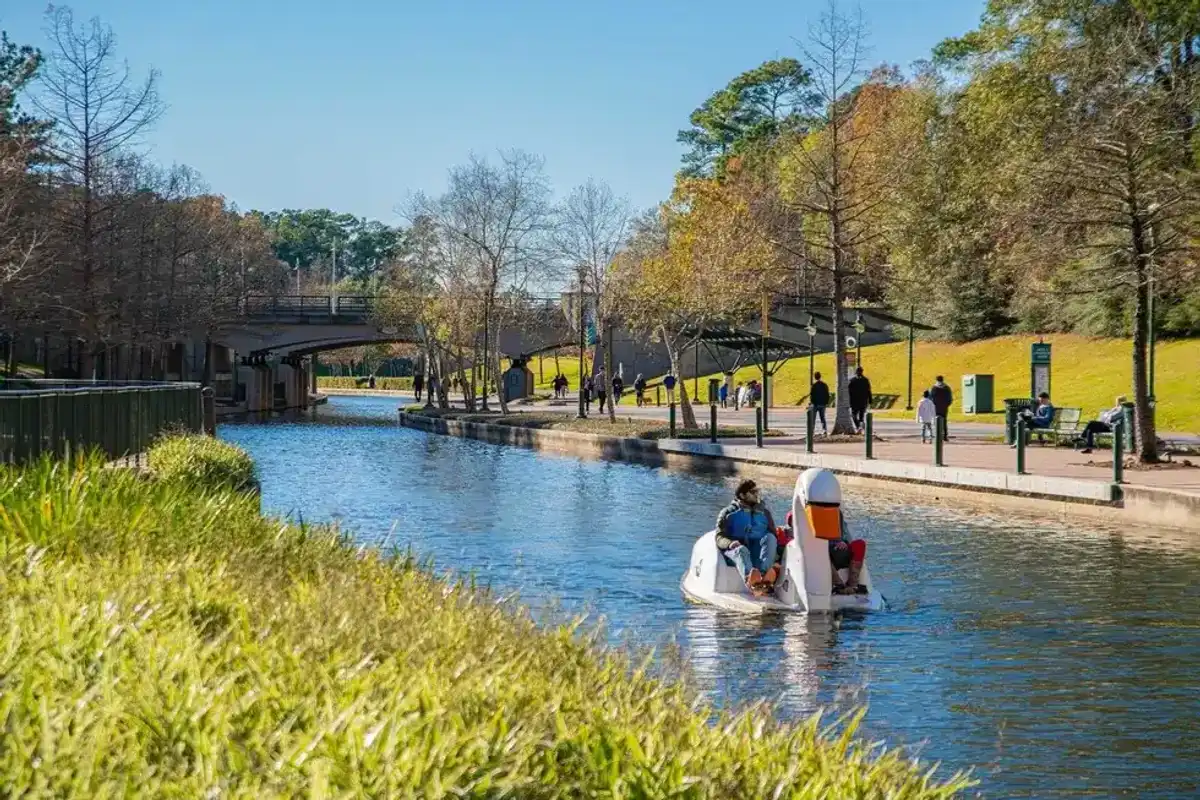NASA taps 4 participants for Mars habitat simulation mission in Houston
suiting up
Four individuals have been selected to go to Mars. Well, sort of.
Obaid Alsuwaidi, Kristen Magas, Tiffany Snyder, and Anderson Wilder were picked by NASA to live for 45 days in a 650-square-foot Mars simulation located at Johnson Space Center in Houston. The participants will enter the Human Exploration Research Analog, or HERA, on Friday, November 1, and will live and work like astronauts until Monday, December 16.
Jordan Hundley and Robert Wilson also were named as alternate crew members.
"Scientists use HERA studies to examine how crew members adapt to isolation, confinement, and remote conditions before NASA sends astronauts on deep space missions to the Moon, Mars, and beyond," reads NASA's announcement. "The studies provide data about human health and performance in an enclosed environment over time with crews facing different challenges and tasks."
In the experiment, the participants will complete research and operational duties, including raising shrimp, farming, and completing virtual reality-simulated walks on Mars. In addition to these tasks, the crew will experience communication delays similar to ones astronauts will face on future missions to Mars and beyond, which could be as long as 20 minutes each way.
Through NASA’s Human Research Program, the crew members will participate in 18 human health studies focused on physiological, behavioral, and psychological health during the mission.
Here's a little more about each of the crew members:
- As captain engineer for the United Arab Emirates’ Ministry of Defense, Obaid Alsuwaidi, provides guidance in civil and marine engineering and addresses challenges facing the organization.
- Kristen Magas, an educator and engineer currently teaching at Tri-County Regional Vocational Technical High School in Franklin, Massachusetts, mentors students involved in a NASA design and prototyping program.
- With more than 20 years of information technology and cybersecurity experience, Tiffany Snyder is a supervisor for the Cybersecurity Mission Integration Office at NASA, helping to ensure agency missions are shielded against cybersecurity threats.
- Currently researching team resiliency and human-machine interactions, Anderson Wilder is a Florida Institute of Technology graduate student working on his doctorate in Psychology and previously served as an executive officer and engineer for an analog mission at the Mars Desert Research Station in Utah.
- Jordan Hundley (alternate) is a senior consultant at a professional services firm, offering federal agencies technical and programmatic support.
- Robert Wilson (alternate) is a senior researcher and project manager at the Johns Hopkins University Applied Physics Laboratory in Laurel, Maryland.





